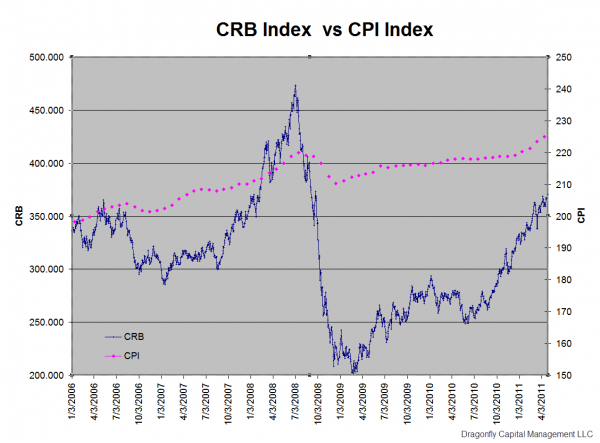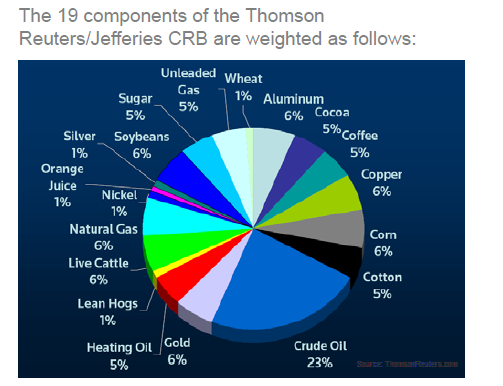(Reuters) - Credit ratings agency Standard & Poors cut its outlook for Italy to "negative" from "stable," citing weak outlook for growth and reduced prospects for slashing its debt mountain.
The downward revision, which raises the risk of a downgrade of Italy's sovereign rating, may heighten fears that contagion from Greece's and other European countries' debt crisis could be spreading to the euro zone's third-largest economy.
"In our view Italy's current growth prospects are weak, and the political commitment for productivity-enhancing reforms appears to be faltering," Standard & Poor's said in a statement early on Saturday.
"Potential political gridlock could contribute to fiscal slippage. As a result, we believe Italy's prospects for reducing its general government debt have diminished."
Standard & Poor's affirmed its 'A+' long-term and 'A-1+' short-term sovereign credit ratings on Italy, which is slowly recovering from its worst economic downturn since World War Two and has one of the world's largest public debts.
In recent years, the ratings agency has often taken a bleaker view of the state of Italy's economy, compared to its counterparts Moody's and Fitch.
Moody's currently has an Aa2 rating for Italy, while Fitch rates it at AA-, which means S&P has Italy two notches below Moody's and one below Fitch.
Italy has weathered the financial crisis better than some of its euro zone's peers but its growth has lagged behind the bloc's average for over a decade.
Many analysts say unless it adopts reforms needed to sharply improve its growth potential, it has little chance of meeting its medium term target to cut the debt.
Italy hardly grew in the first quarter, with gross domestic product (GDP) edging up only 0.1 percent, compared with rises of 1.5 percent in Germany and 1.0 percent in
France. Crisis-hit Greece grew 0.8 percent.
ITALIAN TREASURY DEFENDS ITS POLICIES
The Italian Treasury criticized the move by S&P, saying data on its economic growth and public accounts had "constantly been better than expected."
However, Italy last month cut its economic growth forecasts for 2011, 2012 and 2013 and raised its projections for the public debt. It kept the deficit outlook unchanged.
The economy is now expected to expand by 1.1 percent this year, down from a previous forecast of 1.3 percent. In 2012, GDP growth is seen at 1.3 percent, compared to 2.0 percent previously.
Public debt is expected to reach 120 percent of GDP this year, before falling slightly to 119.4 percent in 2012.
In a statement after the S&P outlook revision, the Treasury said major international organizations such as the OECD, the International Monetary Fund and the European Commission had recently given "very different" assessments on Italy from that of S&P.
Analysts from the IMF and the OECD said this month that Italy's economy was recovering slowly, but added that it would require major structural reform to boost its growth potential.
A weak economy weighs heavily on the debt and deficit ratios, and both organizations urged efforts to stimulate productivity growth and labor supply.
The Treasury ruled out the risk of political gridlock, which S&P cited as a factor that could contribute to fiscal slippage together with weaker-than-expected economic growth.
It also said measures aimed at meeting its target of balancing the budget in 2014 were "at an advanced stage of preparation" and will get parliamentary approval by July.
S&P's revision is another blow for center-right Prime Minister Silvio Berlusconi, who is embroiled in sex and corruption trials.
The media tycoon's People of Freedom party also suffered a setback this week in local elections seen as a test of his coalition government's popularity and is facing a risky run-off on May 29-30 for the city government of Milan, Italy's business capital.
The Standard & Poor's outlook change implies a one-in-three chance that the credit ratings could be lowered within 24 months.
Standard & Poor's forecast net government debt at 116 percent of GDP this year, up from 100 percent in 2007.
"Under our analysis, the economic contraction between 2008 and 2009 has negated all of Italy's fiscal-consolidation efforts over the last decade," it said.
The Italian banking sector has been strengthened by moves to strengthen capital "and is in a stronger financial position than it was six months ago," the agency said.
See the original article >>














